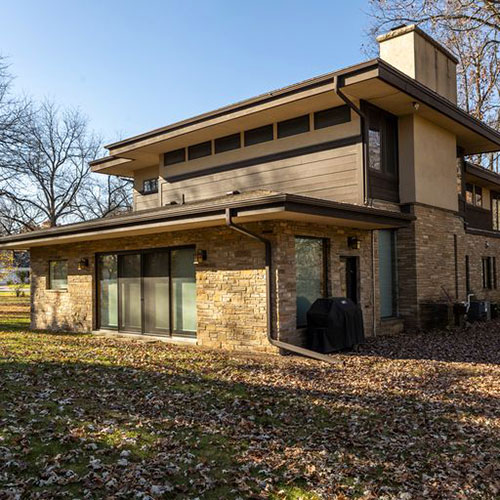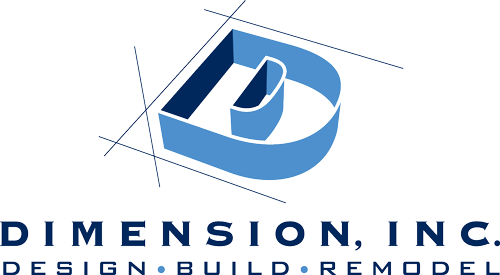Is there ever enough space in a home for everyone to be comfortable? Is storage at a premium? Do the rooms seem to shrink when guests and their kids arrive? If you’re answering yes to these questions, then you are probably dreaming of a home addition, one that will expand your living space and free up the congestion in other rooms.
You may be ready to start knocking down walls or ceilings and laying the foundation for the addition, but there are some things to do before you select your builder and sign the contract.
Your content goes here. Edit or remove this text inline or in the module Content settings. You can also style every aspect of this content in the module Design settings and even apply custom CSS to this text in the module Advanced settings.


Permits, Restrictions, Approvals
Understand the permits and restrictions of where you live. Some restrictions control how close your building can be to your neighbors, the curb, or adjacent lots. This information is available from your village or city building authority,” said Dimension Inc. president and CEO David Kallie, MCR, CKBR, CAPS. “Community zoning laws dictate where you can add on, how large of an addition you can build, and whether you can add on at all.”
Before a building permit is issued, the village, city, or town will review the plans and the survey, looking at specific details related to the State of Wisconsin Uniform Dwelling Code. In some county townships, zoning approval is required prior to applying for a permit.
“It’s a good idea to get a survey of your property lines, so you know exactly your land boundaries and the location of a property’s features,” David said.
Define Your Objectives
Before you begin planning your addition, have an idea as to how you want to expand your space and why you want to do it. “When sitting down with you, we are going to seek specific ideas of what you want from the new space,” said David. “We will help you to identify and define goals and objectives, functions, and activities for the space.”
It’s helpful to keep a folder of examples of what you envision. List your likes and dislikes as well as features needed and a features wish list. This will help with the design process and will help with the development of the budget.
“Taking the time to carefully consider why you want or need more space is key to determining the type of addition that will help you achieve your goals,” David said.
Budgeting
What’s my budget? This is one of the most important considerations. Do you have a dollar amount that is the most you can spend? Do you know how you will fund the project? If you are taking out a loan, get pre-approved. Understand that once construction gets underway, unforeseen issues can develop. Your budget needs a contingency fund for unexpected expenses.
“A pre-determined budget range is helpful when making the right recommendations,” said David. “We will be able to plan a design and offer advice that fits within your budget parameters. Also, remember the least expensive bid for your project is likely not going to be the best one.”
Selecting a Builder/Contractor
When selecting a contractor, choose one who is insured, meets the state’s licensing requirements, and can provide references that you must follow-up on. Ask how much experience your contractor has in the home addition business. Visit the contractor’s website and view the portfolio or gallery of finished projects. A contractor who is a member of a professional trade association, such as NARI Milwaukee or the Metropolitan Builders Association, is held to high standards, professionalism, and ethical conduct.
“We will need to be on the same page on what the exterior of the addition will look like,” David said. “It should blend seamlessly with the rest of the home. We will work to ensure that even though the addition will be fresh and new, it will feel like the rest of home – not like you’re walking out of one home into another.”
Before You Sign the Contract
Communication, and how it will be handled, is a significant component of the project. “We assign a manager to the project and there will be regular meetings and communication to update progress, David said. “This includes letting you know who will be coming to the house, when materials will be delivered, and when electrical or plumbing may be turned off so you can plan your contingencies.” Knowing that communications are regularly scheduled lessens anxiety and makes it easier to get through the process.
A detailed design should be provided that includes precise measurements, placement of windows and doors, appliances if applicable, lighting, ceiling height, electrical outlets, and plumbing. “It’s easier to adjust before actual walls go up,” said David. “We will also provide certification of insurance covering workers’ compensation, property damage, and personal liability.”
The Contract Itself
While you and your builder of choice no doubt have already met several times, you still need to carefully read the contract.
“What we provide to a client details the scope of the project, start and approximate completion dates, payment schedule, product types, and responsibilities of the contractor and any subcontractors,” David said. “The contract will also include provisions for change order procedures, warranties, and dispute resolution clauses.”
Stay at Home or Not
Many families are able to remain in place by shifting day-to-day activities to another space in the house. Are you comfortable brewing coffee and making toast in the living room or basement? Keep in mind that there will be quite a bit of dust and vibrations as well as disruptions to electrical and water from time to time. “It may work for you to close off a portion of your home and live exclusively in the balance, but safety, health, and inconvenience may dictate an alternative living arrangement,” said David.
If you have specific questions on how to prepare for a major home remodel, call Dimension Design-Build-Remodel, Inc. at 262-402-6602 or visit us online.
